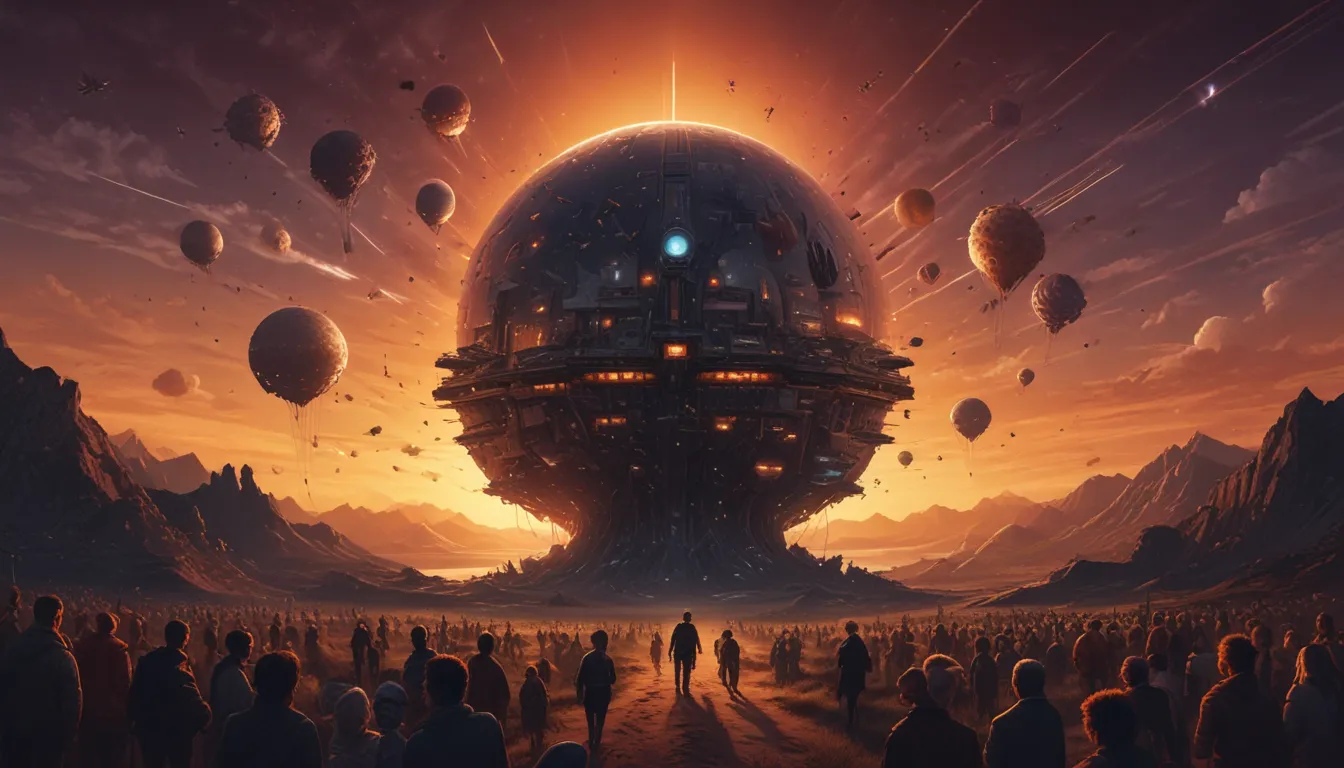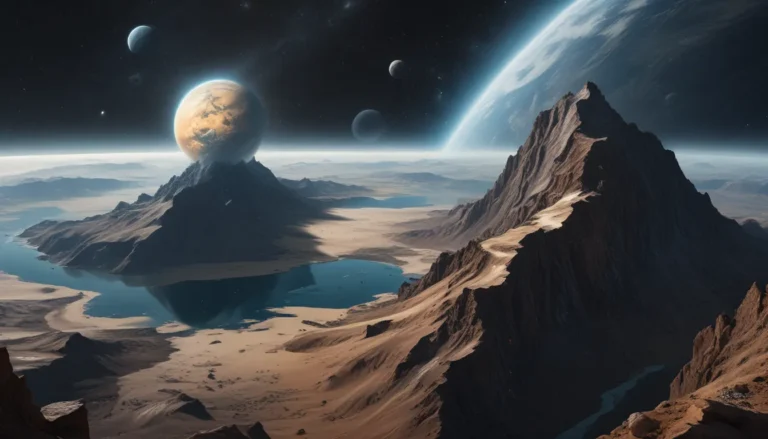The pictures we use in our articles might not show exactly what the words say. We choose these pictures to make you interested in reading more. The pictures work together with the words but don’t take their place. The words still tell you the important facts.
Have you ever wondered about the celestial wonders that shaped the early universe? Population III stars, also known as the first generation of stars, hold the key to unlocking the mysteries of cosmic evolution. Born shortly after the Big Bang, these enigmatic stars are shrouded in mystery, representing a crucial phase in the formation of galaxies and the elements necessary for life. In this engaging article, we will delve into the fascinating realm of Population III stars and uncover 19 mind-blowing facts that will leave you in awe of their sheer magnificence and significance. Join us on an enlightening journey through the cosmos as we explore these ancient stellar objects and their profound impact on the universe.
The Birth of Population III Stars
Population III stars emerged shortly after the birth of the universe, holding the title of being the first generation of stars. Composed almost entirely of hydrogen and helium, these stars set the stage for the cosmic drama that would unfold over billions of years. Their discovery revolutionized our understanding of the early universe, shedding light on the processes that led to the formation of galaxies, supermassive black holes, and the elements essential for life.
The Magnitude of Population III Stars
One of the most striking features of Population III stars is their extreme massiveness. These stellar giants can have masses hundreds of times greater than that of our Sun, making them colossal luminaries in the cosmic expanse. Despite their towering size, Population III stars have remarkably short lifespans, burning through their fuel at a rapid pace and shining brightly for only a few million years before meeting their spectacular end.
The Cosmic Legacy of Population III Stars
Population III stars played a pivotal role in the production of heavy elements that form the building blocks of future stars and galaxies. Through the process of nuclear fusion, these stars synthesized elements like carbon, oxygen, and nitrogen, seeding the universe with the ingredients necessary for the creation of planets and life. Their intense ultraviolet radiation ionized the surrounding gas, marking a transition from the dark ages to the cosmic dawn and paving the way for the reionization of the universe.
The Elusiveness of Population III Stars
Despite their profound impact on cosmic evolution, Population III stars are incredibly rare in the present universe. As newer generations of stars enriched the cosmos with heavier elements, these primordial stars became increasingly scarce, existing only in the distant past. The first Population III star has yet to be directly observed, posing a challenge for astronomers seeking to unlock the secrets of the early universe.
The Quest for Population III Stars
Detecting Population III stars remains a tantalizing goal for astronomers, offering insights into the conditions and processes of the early universe. The discovery of these ancient stars could rewrite our understanding of cosmic evolution, providing valuable clues about the formation of galaxies, supermassive black holes, and the elements essential for life. Cutting-edge instruments like the James Webb Space Telescope hold the promise of unraveling the mysteries of Population III stars and shedding light on the origins of the cosmos.
Unraveling the Mysteries of Population III Stars
The study of Population III stars is a dynamic field of research, with astronomers utilizing simulations and theoretical models to unravel the properties and formation of these elusive stellar objects. These ancient stars are believed to have influenced the structure of galaxies and the distribution of heavy elements, shaping the cosmos as we know it. Their discovery would represent a monumental milestone in astronomy, opening doors to new realms of exploration and understanding.
FAQs About Population III Stars
Q: What are Population III stars?
A: Population III stars are the first generation of stars that formed in the universe, composed primarily of hydrogen and helium.
Q: How do Population III stars differ from other stars?
A: Population III stars are much larger, hotter, and more massive than modern stars, playing a critical role in shaping the early universe.
Q: Do Population III stars still exist today?
A: Population III stars are believed to have lived short lives and likely no longer exist, but their remnants may still be detectable in astronomical observations.
Q: What is the significance of Population III stars?
A: Population III stars were responsible for the synthesis of heavy elements that paved the way for the formation of subsequent generations of stars and planetary systems.
Q: How do scientists study Population III stars?
A: Scientists study Population III stars indirectly through the search for their remnants, computer simulations, and theoretical models to understand their properties and impacts on the early universe.
Embark on a Cosmic Adventure
As we journey through the captivating world of Population III stars, we uncover the profound influence of these ancient celestial beings on the evolution of the universe. Their immense size, luminosity, and role in the creation of heavy elements paint a vivid picture of the cosmic drama that unfolded in the early universe. By studying Population III stars, we not only deepen our understanding of astrophysics but also gain valuable insights into the fundamental processes that govern stellar evolution and the formation of galaxies.
Join us in exploring the wonders of the cosmos, where each discovery unlocks new horizons of knowledge and sparks the imagination. Let the enigmatic allure of Population III stars inspire you to delve deeper into the mysteries of the universe, where groundbreaking revelations await at every turn. Embrace the awe-inspiring beauty of the cosmos and embark on a thrilling adventure through the vast expanse of space, where the secrets of the universe unfold before your eyes.






